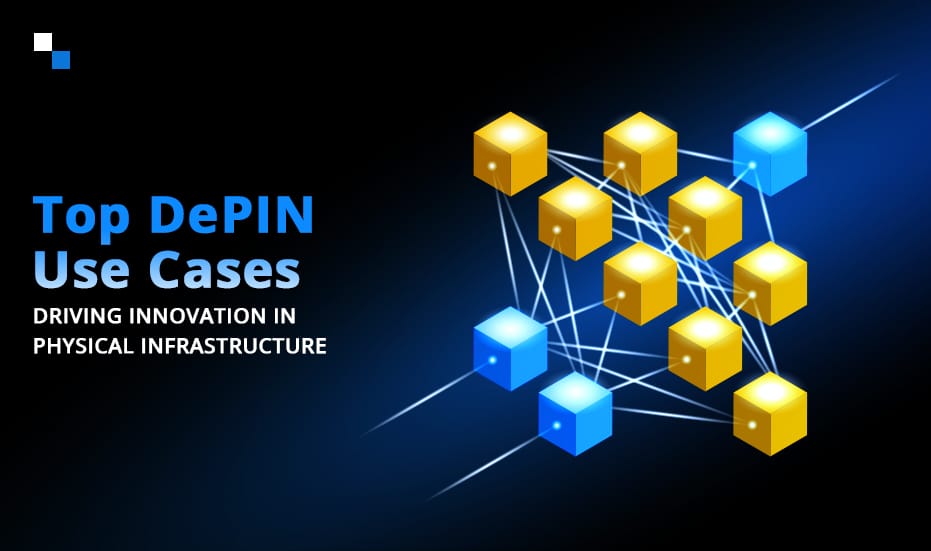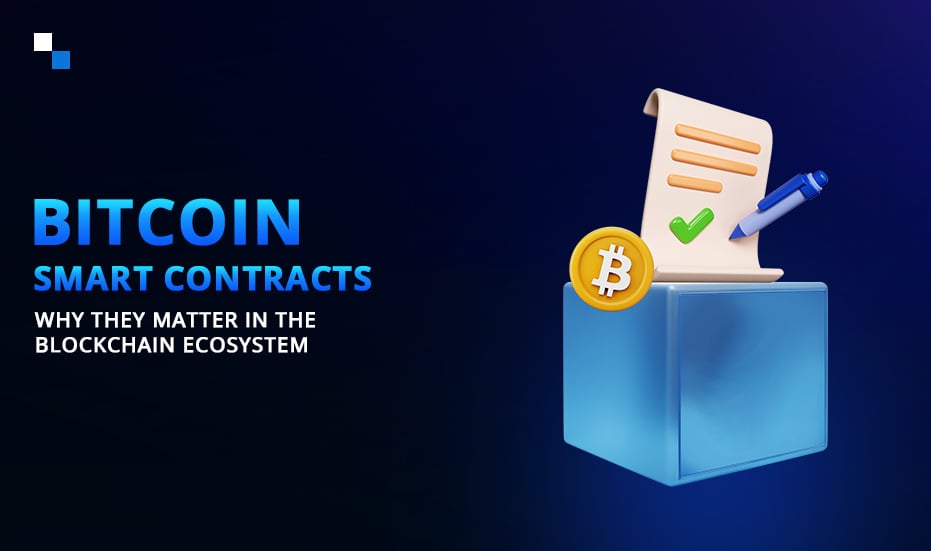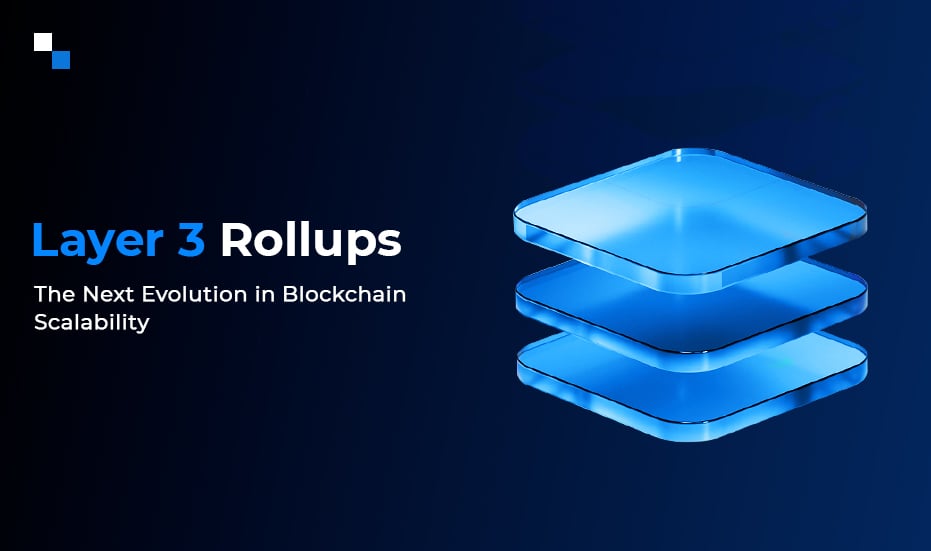
Top 5 Clone Scripts: Pocket-Friendly Solutions For BSC Blockchain Development
February 21, 2023
Metaverse Educational Platform Development- A Revolutionary Innovation
February 22, 2023Today when we are living in the Web3 era, industries are adopting blockchain technology at a fast pace, and it has brought a revolutionary change in every sector, from e-commerce to gaming, and from healthcare to insurance services. It enables business automation through smart contracts and enables digital ownership of crypto assets with ease.
DeFi and NFTs run on smart contracts which is a basic property of the Ethereum blockchain, but because of its scalability issues, technologists tried to develop newer blockchain solutions like Polygon Edge that have not only solved the scalability problem but also lowered the gas fees and allowed interoperability.
Polygon Edge network is one of the best ways of harnessing the benefits of Polygon features. Before you get ready to deploy the Polygon Edge network, you must know what exactly it is and what are its pros and cons.
Introduction to Polygon Edge
It’s a Polygon-powered modular framework with extensibility and flexibility that’s used for developing private Ethreum-compatible blockchains and sidechains with customizable features that are perfectly suitable for the particular business type. It also enables efficiency to create dApps using plugins instead of forking a blockchain, along with the ability to change the functionalities with the help of Consensus plugins.
The consensus mechanism of Polygon Edge is IBFT (Istanbul Byzantine Fault Tolerant), and also gets the support of PoA (Proof of Authority) and PoS (Proof of Stake).
Polygon Edge network uses a centralized bridging solution for enabling communication with multi-blockchain networks and easing out the transfer of ERC-20 and ERC-721 in a frictionless manner. Those willing to deploy the Polygon Edge network for dApps must ensure that enterprise-level crypto wallets can be easily integrated into the platform with the help of plugins. It will also provide the ability to add custom features and functionalities, including a consensus mechanism. It’s something that’s beyond smart contract coding.
Polygon Edge Modules
There are different modules by the Polygon Edge network that can be customized according to the business needs and requirements.
- Blockchain: One can choose the blockchain layer that can coordinate with everything inside the network.
- Consensus: This module provides the liberty of choosing the consensus mechanism the new blockchain is going to use.
- State: It’s a layer that helps in the state change process using state transition logic.
- Libp2p: It assists in preparing the ground for the principal network layer with speed, flexibility, and extensibility.
- Storage: At present, LevelDB is used for data storage, as well as an in-memory data store.
- JSON RPC API: It assists dApps developers to connect with the blockchain.
- Sealer: It’s helpful in gathering transactions and creating a new block. After that, the block is approved using the consensus module.
- TxPool: This module represents the implementation of a transaction pool and also exposes significant features for node operators.
- Minimal: It serves as a hub for all inter-connected modules that run on the Polygon Edge network.
The Architecture of Polygon Edge
Are you ready to deploy the Polygon Edge network? You must have detailed knowledge of the web3 tech stack and architecture of Polygon Edge.
Let’s have a look:


As seen in this diagram, Libp2p forms the base networking layer, which is modular, extensible, and a fast framework that helps to infuse the best features. It also assists the nodes in interacting with each other and participating in complicated consensus mechanisms and synchronization of blocks.
Apart from Libp2p, the blockchain layer plays a key role in establishing coordination for block additions and state transitions with another modulus. It’s also responsible for the verification of data. At the same time, TxPool facilitates transactions that are done manually or added from other nodes. dApps developers and node operators are the ones that interact with the Polygon Edge network at the first point.
How To Deploy The Polygon Edge Network?
Here’s the step-by-step guide:
- Install Polygon Edge. It will be better to choose a reliable resource, such as official GitHub.
- Set up the cloud
- Initialize the data directory,
- Specify the boot node,
- Generate the genesis file
- Run the client nodes
Advantages of Polygon Edge
As already discussed, EVM compatibility is the main advantage of using Polygon Edge as it allows blockchain developers to create smart contracts and provide more power in the hands of dApp users. Smart contracts are also attached to NFTs and help in the smooth functioning of NFT marketplaces.
Polygon Edge’s JASON-RPC module enables users to commune with newly formed blockchains through highly secure crypto wallets. It also makes it easier to switch between PoS, PoA, and IBFT consensus mechanisms, without any need to reset the chain.
Polygon Edge network also helps in the delivery of mobile code with the help of Solidity or Vyper. Furthermore, the blockchain can be easily scaled and customized. Developers can access the Ethereum libraries and development tools, which is a bonus for them.
Even though it is a layer-2 blockchain solution, people still like to deploy the Polygon Edge network because of its compatibility with EVM. It also allows data backup and restoration facility. The sensitive data can be secured using private keys using integrated Amazon SecretsManager or Hashicorp Vault.
Final thoughts
You might have heard about Polygon Edge that is known for creating EVM compible blockchains. Wondering how to deploy the Polygon Edge network? Don’t worry, Antier can handle everything related to design, development, testing, and deloyment of Polygon Edge network and let you experience the unmatched benefits with ease. Consult the blockchain experts today!



